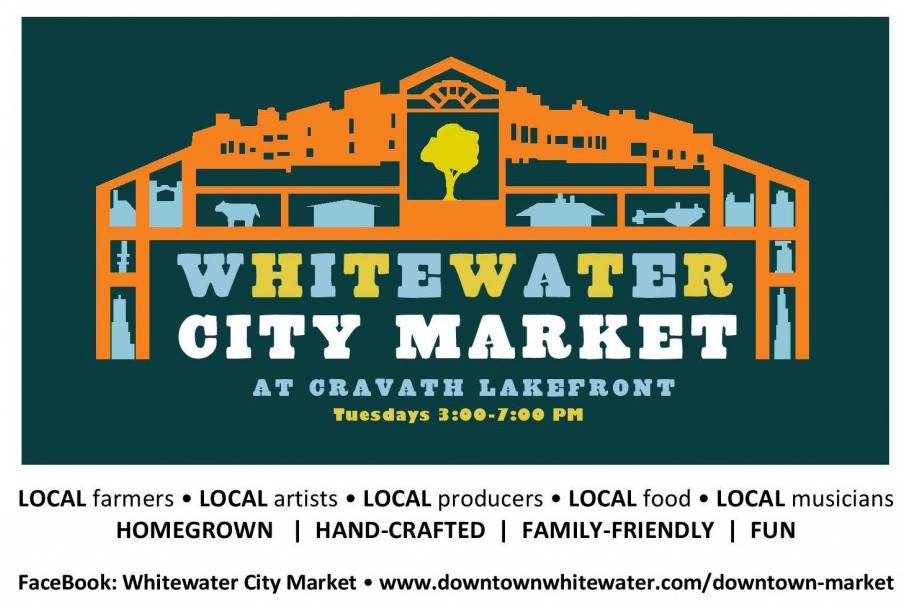The longer I write, the more sensible it seems to me to take a longer view of life in town.
Comfort in a longer view doesn’t come from doubts about our future, but from confidence in it, whatever work we yet have ahead. (We do have difficult choices ahead, in these next few years.)
Seeing this allows one to see farther ahead, and farther back, and see in each direction more clearly.
What strikes me more each season is that tactical machinations of government, organizations, and companies in town often amount to less than the effort supplied.
A few simple principles or goals, not perfect but sincerely held, carry people and groups farther than political positioning and grand declarations.
There are many steps toward a project, but if the goal should be good, and the principles sound, one can go very far.
Good is neither perfect nor always right; there may be more than one good path, and of those some may have a comparative advantage over others.
It strikes me how enervating and debilitating it must be to chase, as quickly as possible, every rabbit that hops by. There must be a lot of worry in that, a lot of stress, along the lines of ‘what have I missed today?’
Since last year, I’ve outlined specific policy topics that seem of interest in the city for the immediate months ahead. (See, most recently, Policy Topics for the Fall.)
That’s not because there’s less about which to write, but because there are issues about which to write in greater depth.
Other issues may intrude on one’s list, as life seldom follows a neat outline. More significant still, many of the most significant events in the city aren’t political or policy-oriented; so much that’s important sits outside politics and policy.
Of policy and commentary, however, there’s effectiveness to be found in the methodical, broader view of events. Confidence inclines toward a broader view, and a broader view increases confidence.



